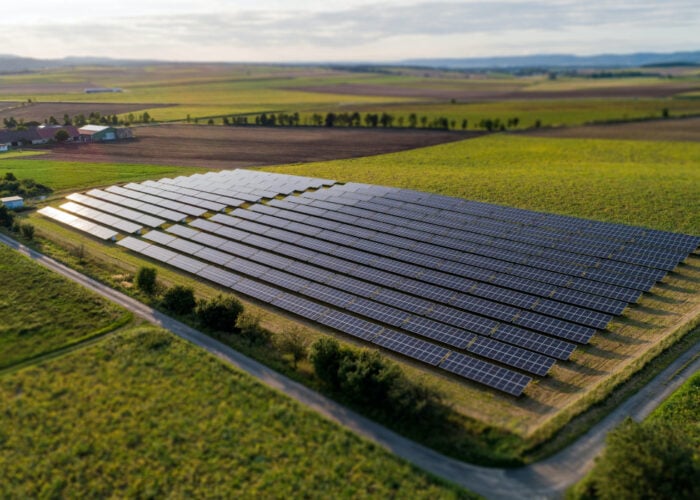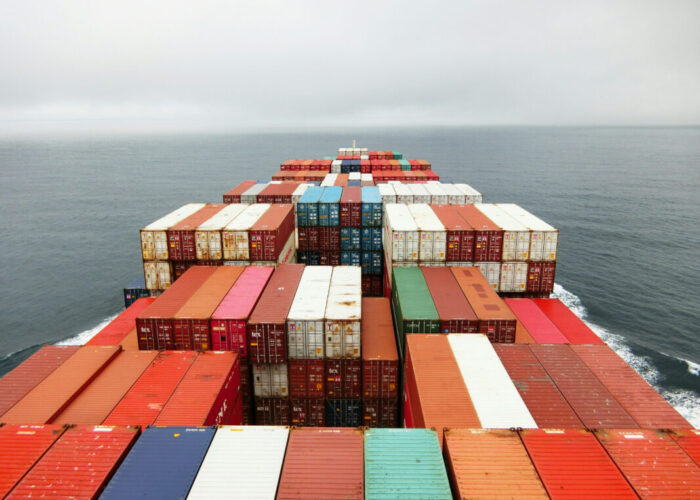Indian prime minister Narendra Modi has announced that his government is working on a National Energy Policy (NEP) and has praised the progress of India's renewbale energy activity.
A draft NEP was released at the end of June this year by NITI Aayog, which noted: “In the NEP, we are merely considering measures that are required to ensure that the large envisaged renewable energy capacity integrates well with the electricity system.”
Unlock unlimited access for 12 whole months of distinctive global analysis
Photovoltaics International is now included.
- Regular insight and analysis of the industry’s biggest developments
- In-depth interviews with the industry’s leading figures
- Unlimited digital access to the PV Tech Power journal catalogue
- Unlimited digital access to the Photovoltaics International journal catalogue
- Access to more than 1,000 technical papers
- Discounts on Solar Media’s portfolio of events, in-person and virtual
Or continue reading this article for free
Speaking in South Africa at the Global Entrepreneurship Summit in partnership with the Government of the United States of America, Modi lauded India’s clean energy programme, which has doubled renewable energy capacity from 30GW to 60GW in three years. Meanwhile, solar generation has increased 80% in the last 12 months, he said.
He added: “We are working on developing a national gas grid. A comprehensive national energy policy is also in the pipeline.”
Modi also claimed that the scheme to provide electricity to all villages has nearly been completed, and now the government is also starting the Saubhagya programme, which targets providing solar packs to all willing individual households, that currently do not have electricity by December 2018.
The draft NEP also stated: “The state governments have a major role in development of renewable energy as both local infrastructure and purchase support, can only be provided by states.”
Last week, Ministry of New and Renewable Energy (MNRE) announced enourmous solar tendering targets, including an additional 17GW by March next year. Bridge to India said that the mismatch between central government and the state governemtns and Discoms is one of the key reasons why this tendering plan appears “unrealistic” at present.







